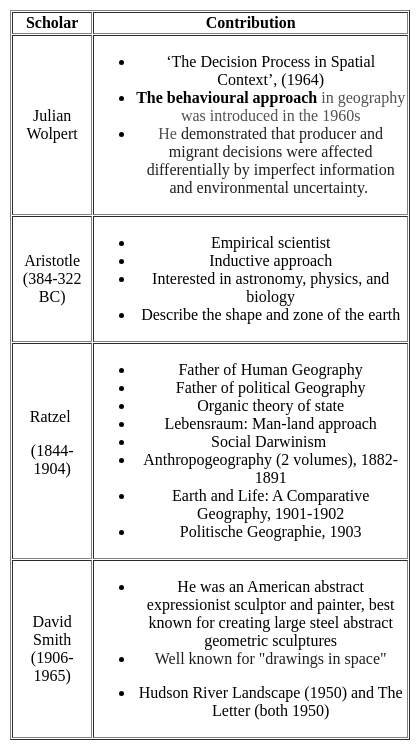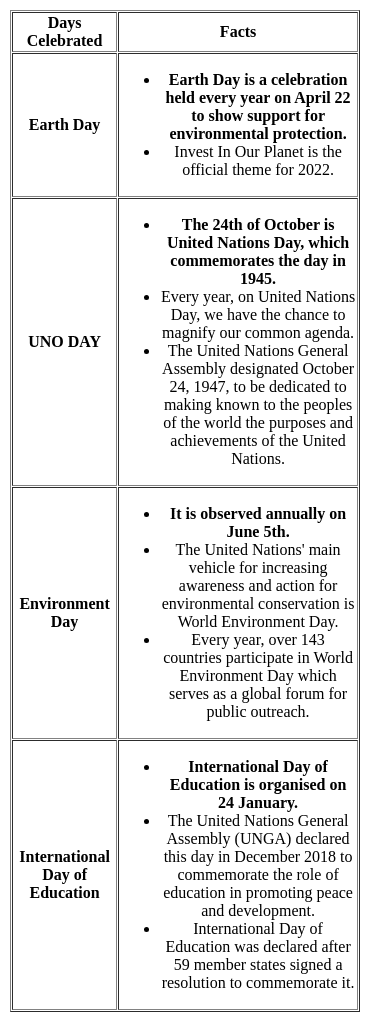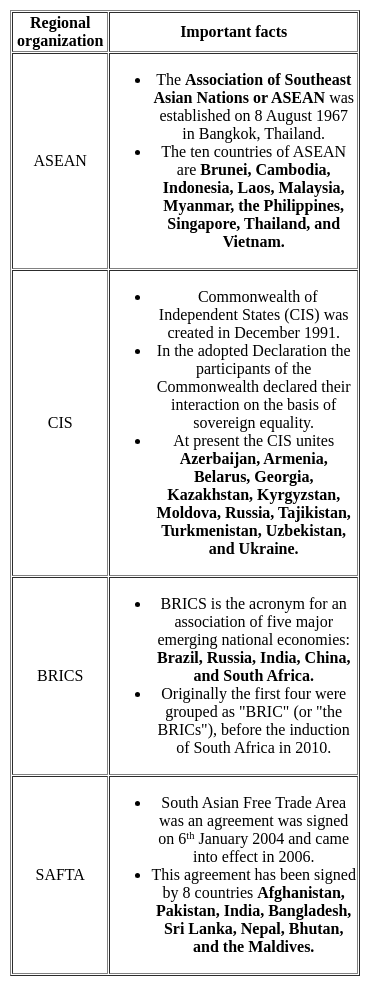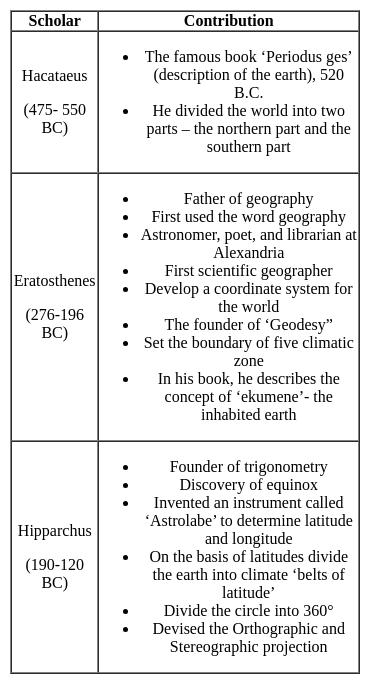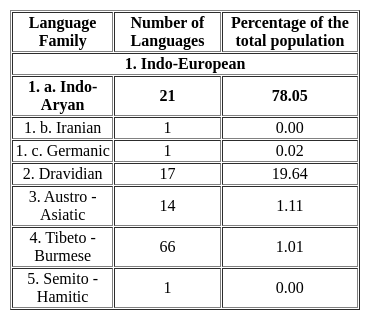Kerala SET Paper 2 Mock Test - 2 (Geography) - KTET MCQ
30 Questions MCQ Test Kerala SET Mock Test Series 2025 - Kerala SET Paper 2 Mock Test - 2 (Geography)
Which one of the following pairs is NOT matched correctly?
Whose work is “the study of social geography”?
____________ is also called ‘’stop and go determinism’’.
Match List I with List II :
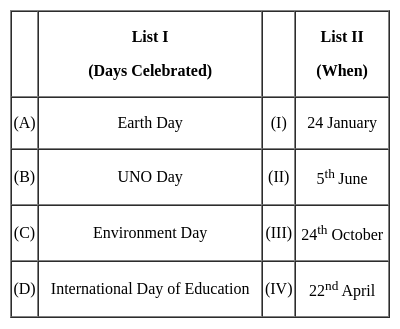
Choose the correct answer from the options given below :
(i). Political maps show the geographical boundaries between countries, states, districts etc.
(ii). Physical maps have green to brown and grey colour scheme for showing elevation.
(iii). Shallow water body is shown with light blue colour
(iv). Cities and roads are not shown in physical map
Identify the rightly matched pairs:
1. Selvas - Amazon tropical rainforest
2. Prairies - Grasslands of Argentina and Uruguay
3. Pampas - Grasslands of North America
Select the correct answer from the options given below.In India which age group is considered as economically productive?
What is remote sensing image interpretation? Choose the correct option.
Match List-I with List-II and select the correct combination
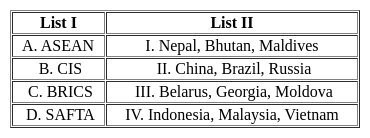
Choose the correct answer from the options given below:
Given below are the two statements, one labelled as Assertion (A) and the other labelled as Reason (R). Select your answer from the code given below :
Assertion (A) : According, to Lee’s migration model, metropolitan areas are centers for immigration.
Reason (R) : The metropolitan areas have pull factors.
Code :
Census data released on july 15,2011 reflects that 13.48 percent urban population lives in
According to the cycle of erosion theory, what process leads to the formation of peneplains?
Consider the following statements regarding temperature inversion:
1. Long winter nights with clear skies and still air is an ideal condition.
2. It is common throughout the year in the polar areas.
3. In hills and mountains, inversion is the result of air drainage.
Which of the above statements is/are correct?With reference to Nuclear Energy, consider the following statements:
1. It is obtained by altering the structure of atoms.
2. Uranium ore in India is found only in Rajasthan and Himachal Pradesh.
3. Nuclear energy contributes less than 1% of total power generation in India.
How many of the above statements are correct?
(a) The khaddar soils are found in the low areas of valley bottom of the North Indian plains.
(b) The black regur soils are found in the Deccan plateau.
(c) The tarai region is area in the Deccan plateau.
(d) The foothills of Sahyadris have bhabar soils.
Match the List-I with List-II
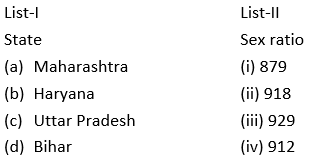
Choose the correct option:
Assertion (A): Investment in SOC increases investment in Direct Productive Activities, providing cheap energy and power supply.
Reason (R) : Albert Hirschmann suggests investment in Social Overhead Capital(SOC).
Select the correct answer from options given below:
Given below are two statements. One is labelled as Assertion (A) and the other is labelled as Reason (R).
Assertion (A): Growth Centers may have a population ranging from 50000 to 500000.
Reason (R): Growth Poles would generally be the capital cities of the states.
Select the correct answer from options given below:
After which one of the following tribes of India has a supercontinent of ancient geological history of the world been named?


